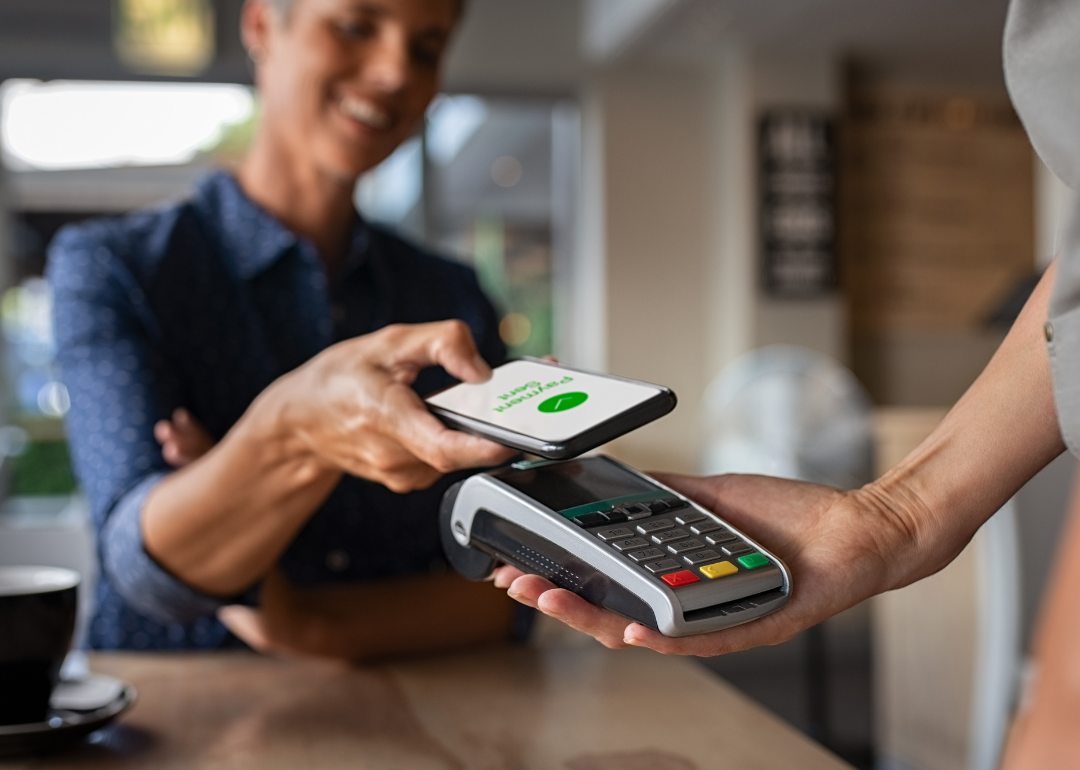
From credit cards to PayPal: Comparing the security of online payment methods
This story originally appeared on Wicked Reports and was produced and distributed in partnership with Stacker Studio.
From credit cards to PayPal: Comparing the security of online payment methods
In a world where convenience seems to be valued more than ever, it’s safe to say that online shopping has become the norm. After all, why spend time commuting somewhere to purchase products when they can be delivered? Americans spent nearly $250 billion on e-commerce in the first quarter of 2022, according to preliminary data from the U.S. Department of Commerce. That’s up 6.6% from the same period the year before.
Online sales surged during the COVID-19 pandemic due to lockdowns and other factors, according to the U.S. Census Bureau, and this trend will continue as more companies enhance their online shopping offerings.
Although online shopping promotes itself to be a safe, no contact option, it does pose risks. In 2021, Americans lost at least $392 million to online shopping fraud, according to the latest data from the Federal Trade Commission. It was the second-most common type of fraud after imposter scams. Remaining diligent, especially around billing and payment methods, is crucial.
When proceeding to checkout from an online store, there’s typically multiple payment options. It’s important to educate yourself on these to determine which is the most secure. Wicked Reports examined consumer protection laws and other security measures to find how safe popular e-commerce payment methods are and how the risks compare.
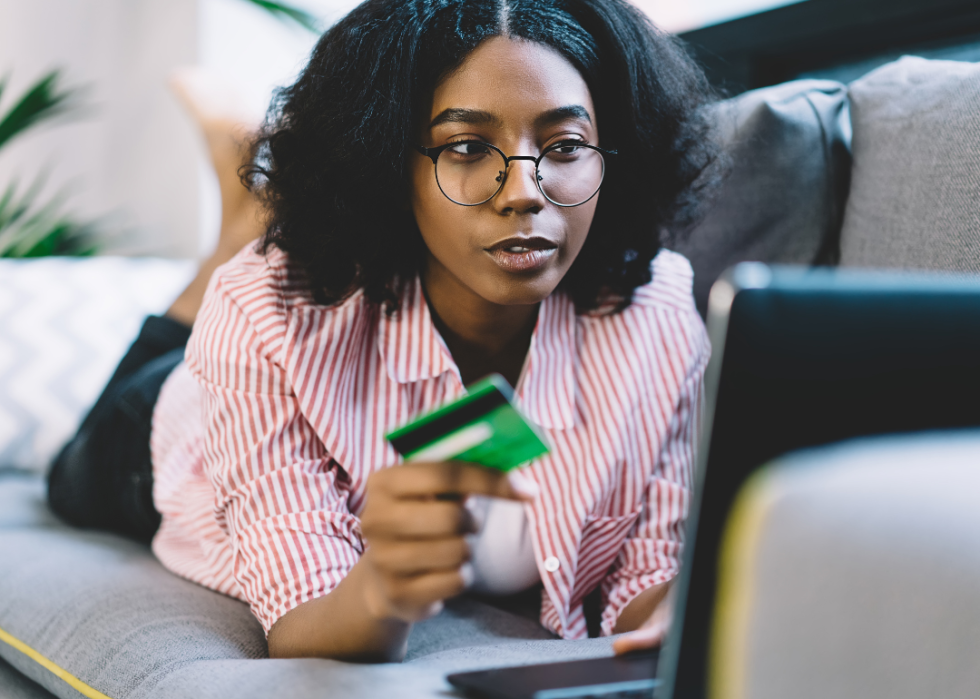
Debit cards
Consumers using a debit card for an online payment should become familiar with the Electronic Fund Transfer Act, which protects consumers from unauthorized/incorrect electronic fund transfers, incorrect receipts, and/or any bookkeeping errors in such transactions. If you report your debit card as lost or stolen within two days, the consumer liability is limited to $50. This liability grows to $500 if reported within 60 days.
There may also be an investigation that lasts anywhere from 10 to 45 days, according to the Consumer Financial Protection Bureau. The Federal Reserve’s “Regulation E” caps a consumer’s liability for fraudulent or unauthorized debit card purchases at $50, as long as the customer reports the theft to their bank within two days.
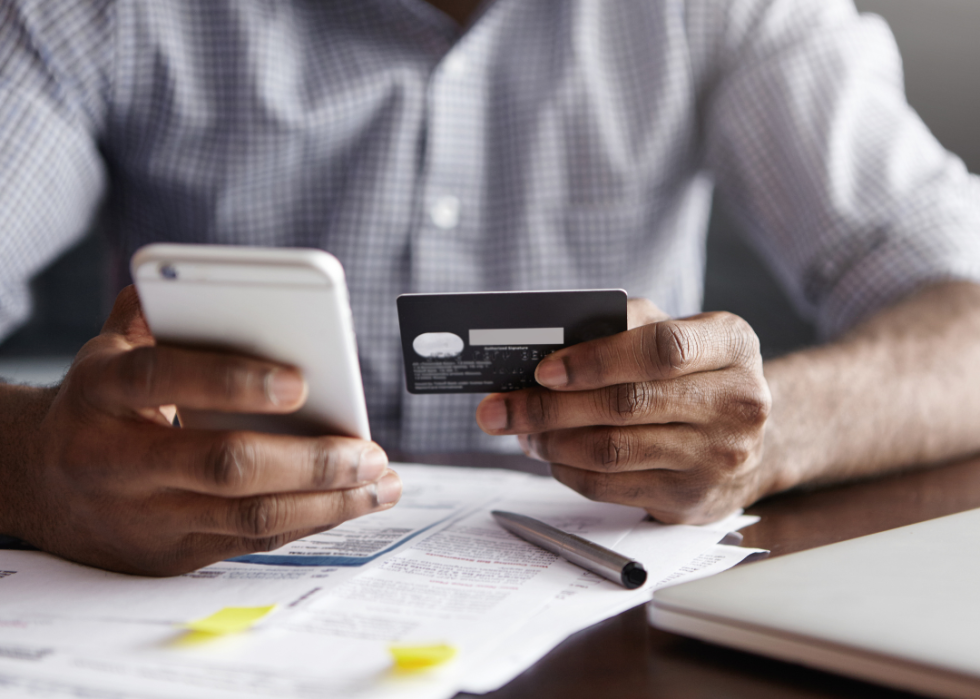
Credit cards
While the EFTA protects debit card transactions, credit cards fall under the purview of the Fair Credit Billing Act. Also known as the Truth in Lending Act, the FCBA limits the liability for unauthorized credit card transactions at $50. It’s meant to protect consumers from poor practices of the credit industry.
Unlike Regulation E, no liability may be imposed when a physical card is not involved, such as purchases made online or over the phone. With a fraudulent debit card transaction, the consumer is affected immediately and must fight to get the charge reversed, whereas fraudulent credit card transactions are more secure because the card issuer is on the hook—not the consumer.
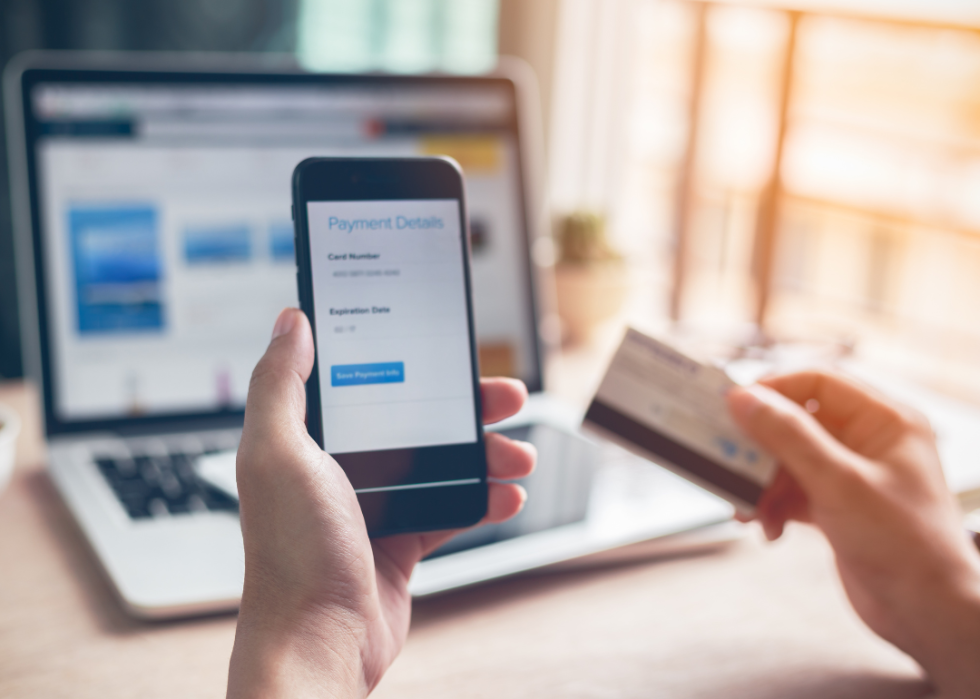
PayPal
PayPal is one of the most popular online payment systems around, and it follows specific measures to keep users secure. Security keys remain optional but are recommended, as they are a two-step authentication with a different PIN for each login. Additionally, confirmation emails are always sent upon each transaction.
Transactions are sent with end-to-end encryption, meaning sellers can’t see buyers’ financial information. PayPal also offers full reimbursements if products are different from their descriptions or never arrive. Plus, users are not responsible for unauthorized purchases reported within 60 days.
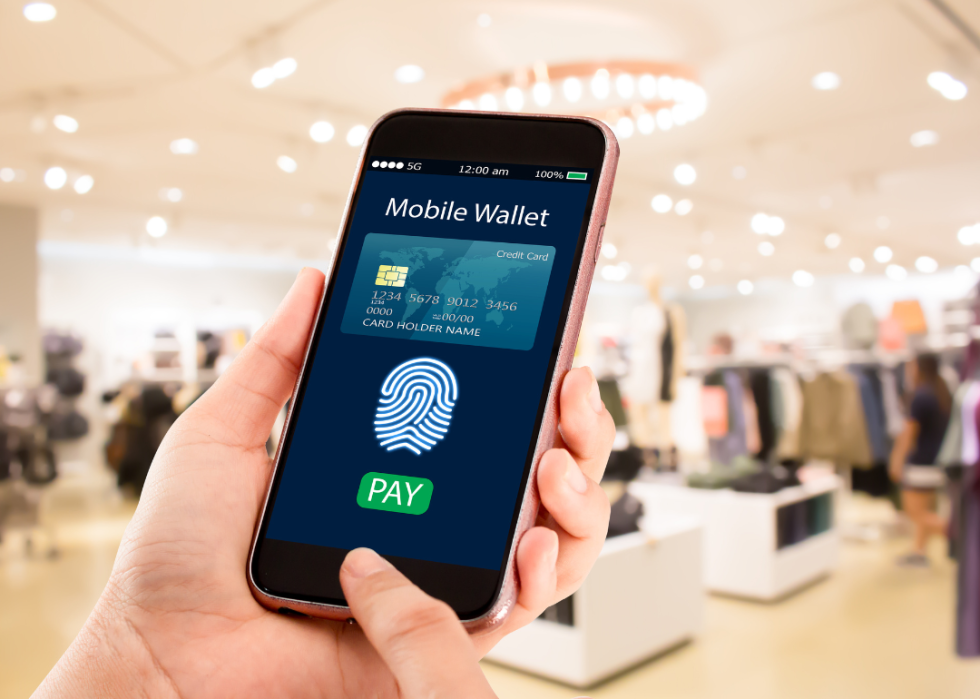
Mobile wallets
With the rise of financial technology, also known as “fintech,” people can use their phones for payment. Digital wallets and mobile payments—such as Apple Pay, Google Pay, and Samsung Pay—act as a fairly safe, convenient payment method. The mobile wallet user simply authorizes their debit or credit card for use on their smartphone when shopping online or at a point-of-sale.
Digital wallets provide two-factor authentication, encryption, and one-time-use PINs to keep payments safe. However, users should be sure to implement screen locks with strong passwords or biometric authentication on their phone. They should also disable their device as soon as it’s lost or stolen. These preventative measures will reduce the risk of hackers getting personal information.
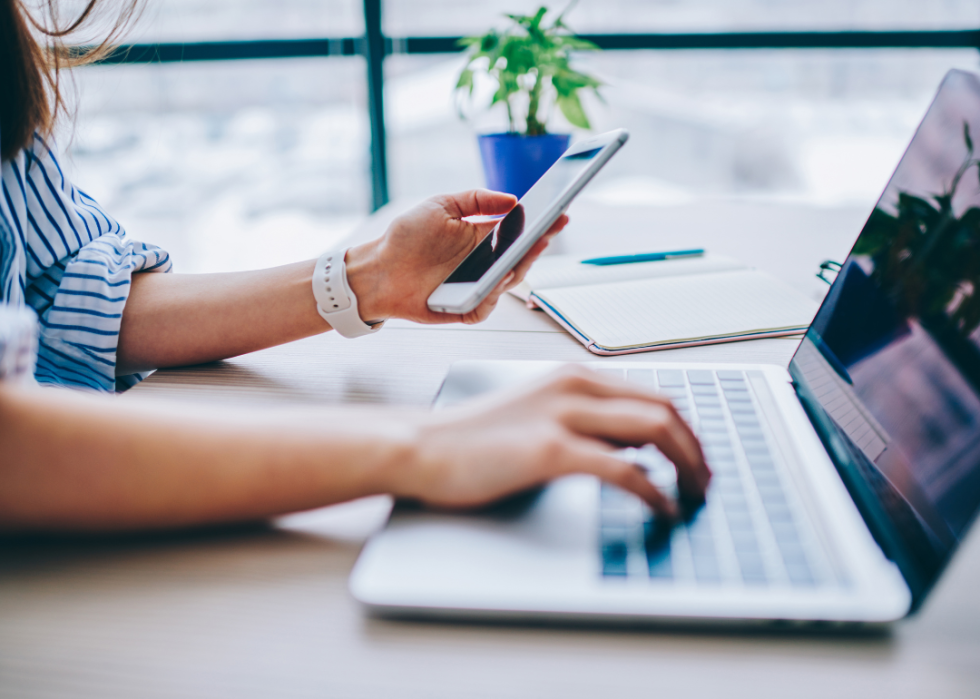
Buy now, pay later programs
Ever since the pandemic began, buy now, pay later programs—such as AfterPay, Affirm, and Klarna—have risen in popularity. Most of these require buyers to put down 25% of the total payment, and pay the rest in three installments over the course of six weeks. Best of all, there are no fees or interest charges.
However, BNPL programs are so new that they aren’t subject to the same federal regulation or consumer protections as other payment methods like credit or debit cards. Generally, these lenders require consumers to contact the retailer for a return or refund, but buyers may still need to pay off their loan until the lender is notified by the merchant that the transaction has been voided or refunded.



